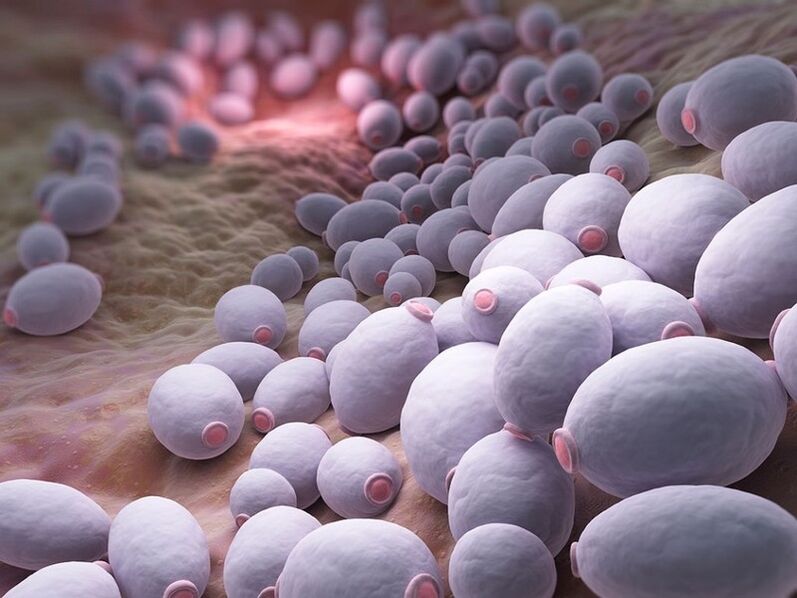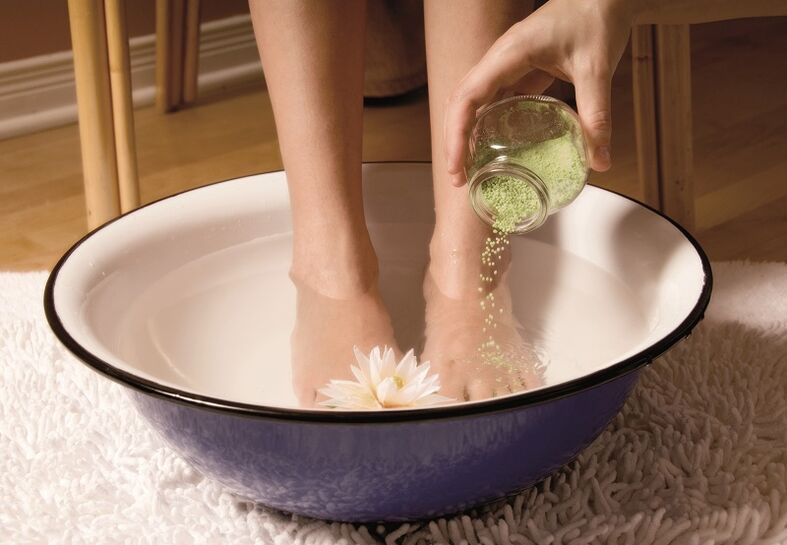One of the most common problems that almost everyone faces is fungus on the toes. Such a prevalence of the disease is due to the fact that you can get infected anywhere, regularly visit the gym, swimming pool, or walking barefoot on the ground or grass. In this case, it does not matter whether a person adheres to the rules of personal hygiene or not.
Like other diseases, this infection requires adequate and timely treatment. If you ignore this recommendation, the disease will progress, the symptoms will intensify, and the skin will become thin and covered with small but painful cracks.
What is a fungus and how does it get infected?
Toe fungus, or mycosis, is a contagious disease. Such skin lesions are also called dermatomycosis. Overall, there are very large numbers of bacteria in nature, but not all can cause health problems in humans. Mycosis is one of the most common diseases, ranking second after purulent pathologies, that is, boils, streptoderma, carbuncle and staphyloderma.
The groups of fungi that affect the skin of the legs are divided into 3 groups, namely:
- Candidate. It belongs to the group of yeast-like mushrooms.
- Zooanthropophile. Infection can occur from both an animal and a person.
- Anthropophilic. In this case, you can only get infected from other people.

How does the fungus express itself on the toes?
The first symptoms of toenail fungus have vague features, so it is very difficult to identify the disease from the first days of infection. Sometimes people don't go to the doctor right away, not because they don't want to, but because they don't understand the situation they are in. In order not to get into such situations, doctors always recommend seeking help, even with the smallest symptoms. In this case, the patient will be spared the problem as quickly as possible.
The main signs of a toe infection are:
- yellowish spots and seals on the skin;
- increased sweating;
- the gaps between the fingers begin to hurt and itch;
- Spots and peeling of the skin appear in the places of localization of the infection.
The intensity of symptoms can also depend on the type of disease, squamous cell carcinoma or intertrigue. In the second case, the person suffers from leg swelling, redness, and constant moisture in the areas affected by the infection. This form is characterized by a localization between the last 4 fingers.
With squamous epithelial pathology, white crusts appear on the legs, peeling, as well as an increased drawing of skin lines. For the first few days after infection, the patient will experience burning and itching. If treatment is missed, symptoms are complemented by an uncharacteristic sheen of the skin on the legs and the peeling of small gray or white scales.
How to treat toe fungus
Today, the patient can choose from a wide variety of medications that are equally effective in fighting the fungus between the toes. To get rid of the disease as soon as possible, doctors recommend complex therapy, which includes the following measures:
- Taking pills.
- The use of immunostimulants and vitamin complexes.
- Gels and creams.
Notice!Almost all drugs are highly effective, but this does not mean that the duration of treatment is short. Depending on the state of the protective functions of the body, the patient must fight the fungus for at least 1 month.
Effective drugs to treat toe fungus
The fungus on the feet is usually treated with varnishes, gels or tablets. The most suitable drug is selected by a specialist.
How is toe fungus treated with folk remedies?
Along with drug treatment for toe fungus, experts advise alternative therapy, but when using any remedy, you should consult a doctor. This will avoid allergies and other side effects.
Traditional healers are advised to pay attention to the following methods:
- Use apple cider vinegar. This is necessary for the "acidification" of the body. Regardless of the food intake, vinegar is dissolved in a glass of water and drunk once a day.
- Foot baths. In this case, it is worth pouring 9 percent vinegar into the basin in such an amount that it covers the foot. The liquid should be slightly warm. The procedure will take no more than 15 minutes.
- Vinegar and vegetable oil. From these two components for the treatment of fungi on the feet, it is necessary to make an ointment in a ratio of 1 to 1. It covers the affected areas all night. To increase the effect on the leg, it is worth wearing a sock.

Effects of fungal infections on the toes
If you do not deal with the treatment of fungi on the legs, then this can provoke the following deviations:
- if the fungus is left on the fingers for a long time, it can cause increased sensitivity to other types of fungus, and also affect the development of bronchial asthma, allergic dermatitis or other skin diseases;
- Mycosis of the thumb can affect the development of diabetes mellitus or gangrene;
- Without treatment, the infection can spread throughout the body and affect the internal organs, in which case the patient will have to undergo lengthy and more complex therapy. It does not matter whether it is a fungus on the little toe or on the other toes.
How can I avoid re-infection with mycoses after treatment?
In order for the fungus to no longer appear on the toes, it is necessary to adhere to all the precautionary rules, which include the following:
- Use of rubber slippers when visiting the pool or public shower.
- Compliance with personal hygiene.
- Taking vitamin complexes to improve the protective functions of the body.
- The feet should be washed every day before going to bed.
- You can't wear someone else's shoes.
- Good nutrition and an active lifestyle.
- In special cases it is advisable to wear removable, looser shoes.
- Do not use other people's toiletries or give your own to anyone else.
- Don't wear dirty socks.
- Use foot baths for prevention.
Antifungal treatment of shoes
A special product can be used to treat footwear against fungal attack on the toe skin. Not only will it help get rid of the infection, but it will also get rid of the unpleasant odor and rid the shoes of yeast and dermatitis.
After the infection has healed, the shoes can be treated with an antiseptic. You can buy it at a pharmacy. The tool allows you to clean shoes not only from fungus, but also from other bacteria that pose a threat to human health.































